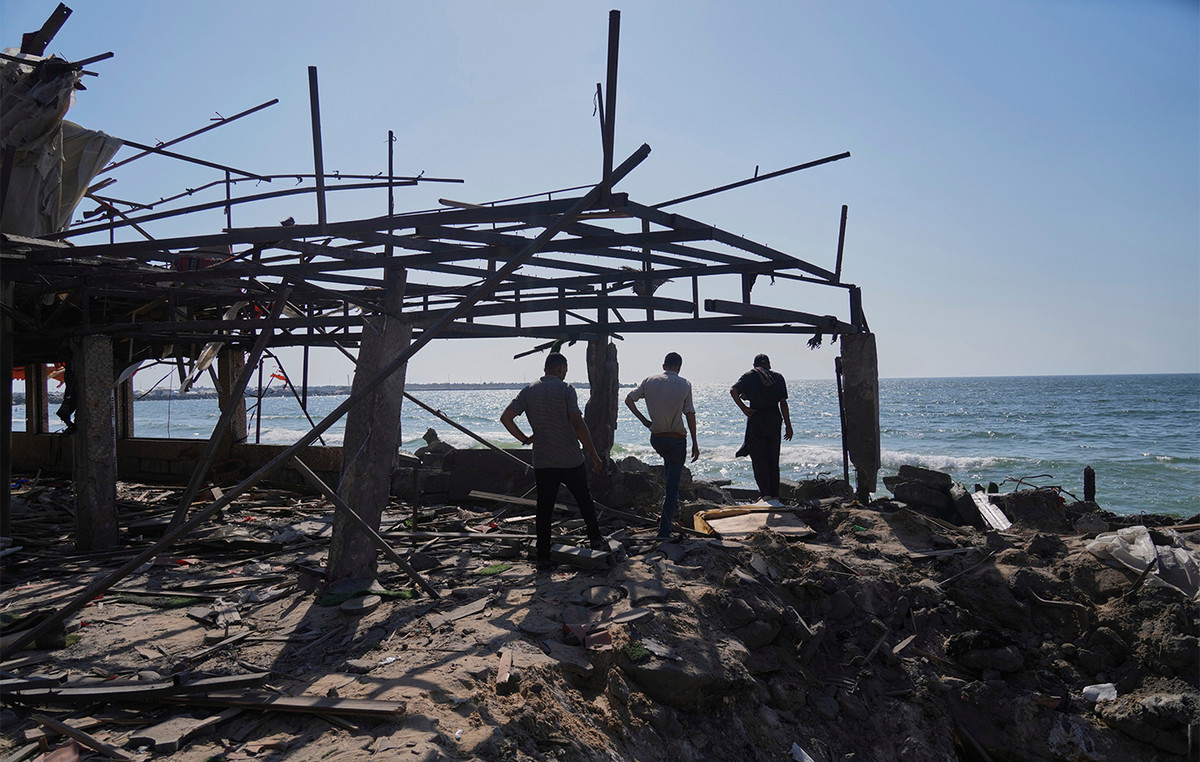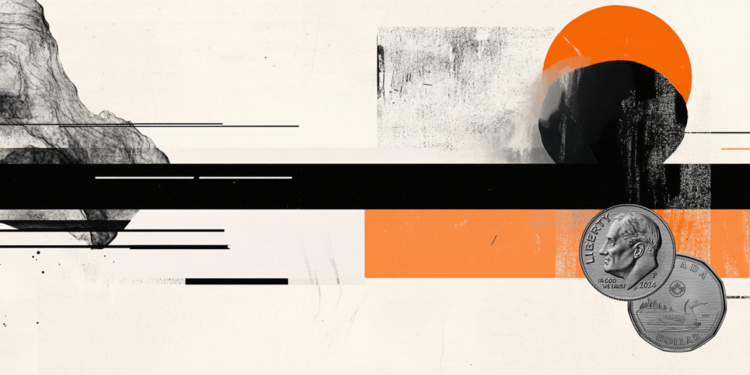From Sunday 29 June in France you can no longer smoke in numerous outdoor areas including parks, public gardens, beaches, urban green areas and the surroundings of schools and health facilities, below 10 meters. It is one of the most visible initiatives of the plan France Sans Tabacthe government program aimed at drasticly decreasing the number of smokers in the country. François Bayrou’s government explained that the measure aims above all to Protect children from passive smoke and to reduce the perception that smoking is normal and acceptable behavior in daily life. Especially in a country whose culture is strongly impregnated with smoking references, from the cinema to Air France, which only in 2000 – about ten years after the other companies – forbidden to smoke aboard their planes.
Even outdoors, passive smoke can damage those who are nearby, because the dispersion of toxic substances is not always immediate or uniform. The French government also underlined how these measures are designed to limit involuntary smoking exposure but also to send a strong cultural messagemaking the gesture to turn on an increasingly frequent and socially accepted cigarette, especially in contexts frequented by minors. The law does not provide for sanctions for the early days but only calls and allows the smoke of dehors Finally, of public places, it does not concern electronic cigarettes: significant exceptions that wate on their meaning a little.
Outdoor passive smoke: a real risk
Although many people believe that smoking outside does not represent a problem for those around it, Much searches have denied this false belief. Scientific studies have shown that near a smoker, even outdoors, fine particulate levels (PM2.5) can raisereaching concentrations similar to those detected in closed environments where smoking is allowed. An investigation from 2023 published on Nicotine & Tobacco Researchconducted by Soul National University, for example, analyzed the concentrations of PM2.5 – Passive smoke indicator – a different distances from an active source (from 6 to 21 meters), in outdoor conditions. The result? At each measured distance, the levels of PM2.5 were significantly higher than zero, with a decreasing concentration as the distance increases but nevertheless still detectable up to 21 meters. The analysis also identified the wind as a decisive variable in the propagation of particles.
Another decisive element comes from a systematic revision of 2024, published on BMC Public Healthwhich evaluated the air quality in the dehors of semi-chiusi bars and restaurants: an increase in concentrations of PM2.5 from 10.9 to 91 μg/m³ was recorded-well above the limits recommended by the WHO-with high values also in the surrounding immediate areas. This confirms that the presence of smokers affects the quality of the air even outdoors, exposing children and adults to significant risks.
An Italian study shows that there is no difference between traditional cigarette smoke and heated tobacco for the cardiovascular risk of the little ones
Fragile children and subjects: the most vulnerable
Passive smoke represents a particularly serious danger for children, whose respiratory system is more sensitive and whose organism is less efficient in neutralizing inhaled toxic substances. According to the World Health Organization About 600 thousand deaths per year in the world are attributable to passive smoke And almost a third concerns minors (WHO). According to some estimates, the 7 million deaths per year even 1.6 are to be included among passive smokers. Numerous studies have connected exposure to second -hand smoking in pediatric age to a higher risk of respiratory infections, asthma, recurring otitis and, in babies, to the syndrome of sudden childhood death (SIDS).
Even for adults short exposures to passive smoke can have harmful effects. THE’American Heart Association He documented how a few minutes are enough to cause alterations in the function of the blood vessels and increase the probability of cardiovascular events, such as heart attacks or strokes, showing that – as indeed for alcohol – there is no safe exposure threshold.
Restrictive measures, but necessary
The choice of France to extend the ban also to open spaces is therefore based on solid scientific evidence. The WHO has been reiterating for some time that anti -smoking policies in public spaces, including outdoor ones, are Among the most effective measures To reduce collective exposure to passive smoking and prevent the deepest health consequences.
It is not just an immediate health issue but of course also a cultural leap: to prohibit smoking in spaces frequented by children and families helps to change the social perception of smoking, making it progressively less acceptable and less present in everyday life. The French move is in this perspective, showing that, when it comes to public health, even the open air does not always guarantee security if there is a middle tobacco.
Source: Vanity Fair
I’m Susan Karen, a professional writer and editor at World Stock Market. I specialize in Entertainment news, writing stories that keep readers informed on all the latest developments in the industry. With over five years of experience in creating engaging content and copywriting for various media outlets, I have grown to become an invaluable asset to any team.







